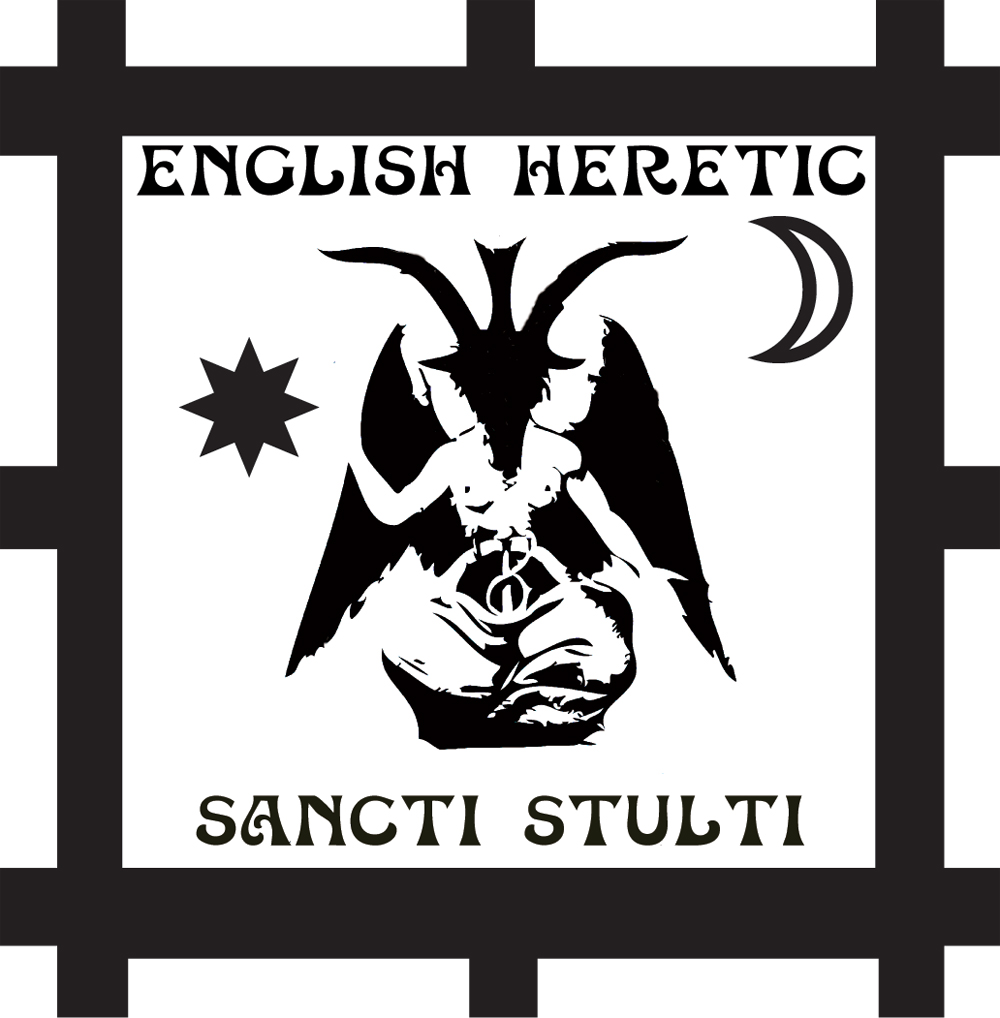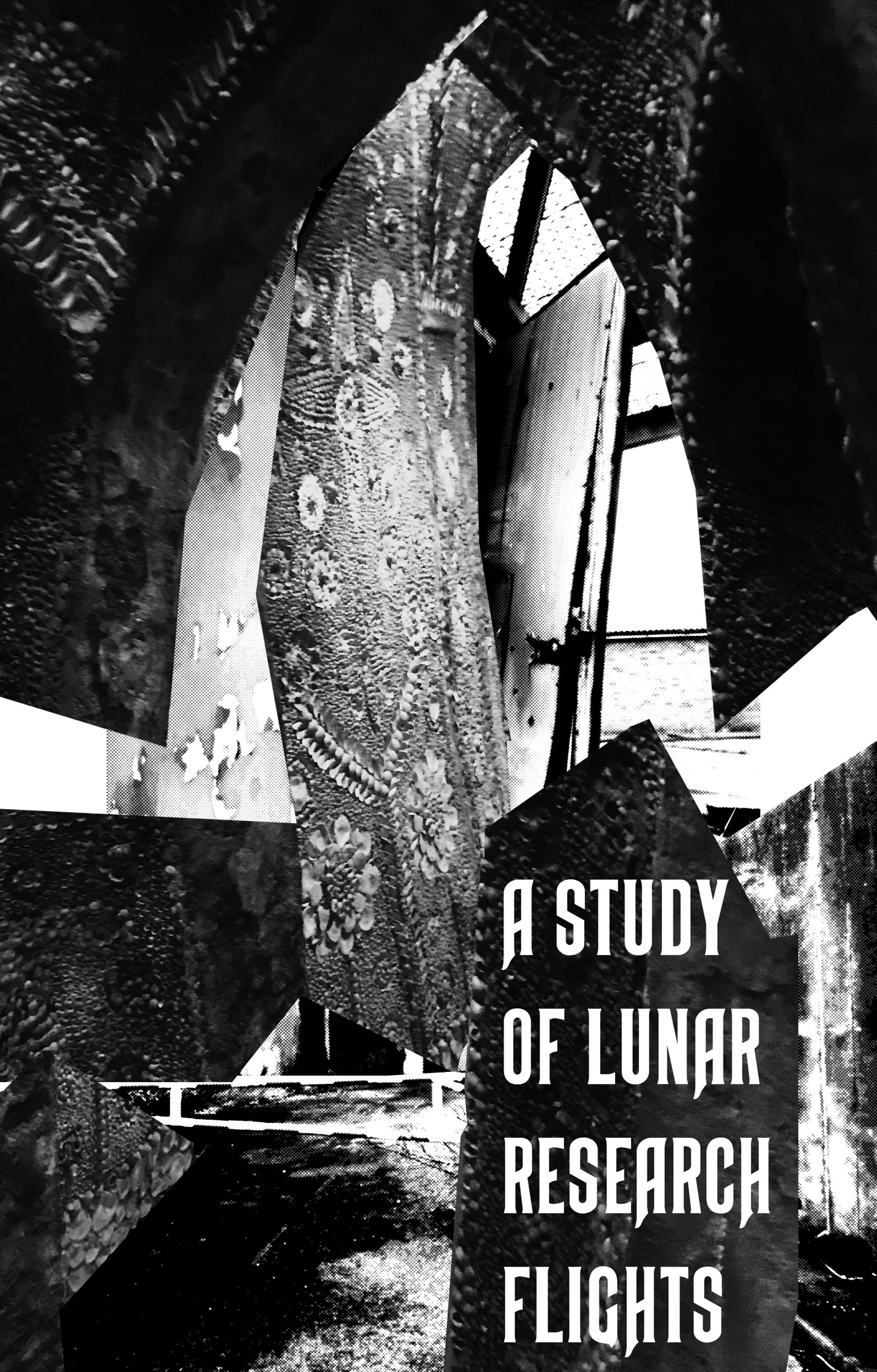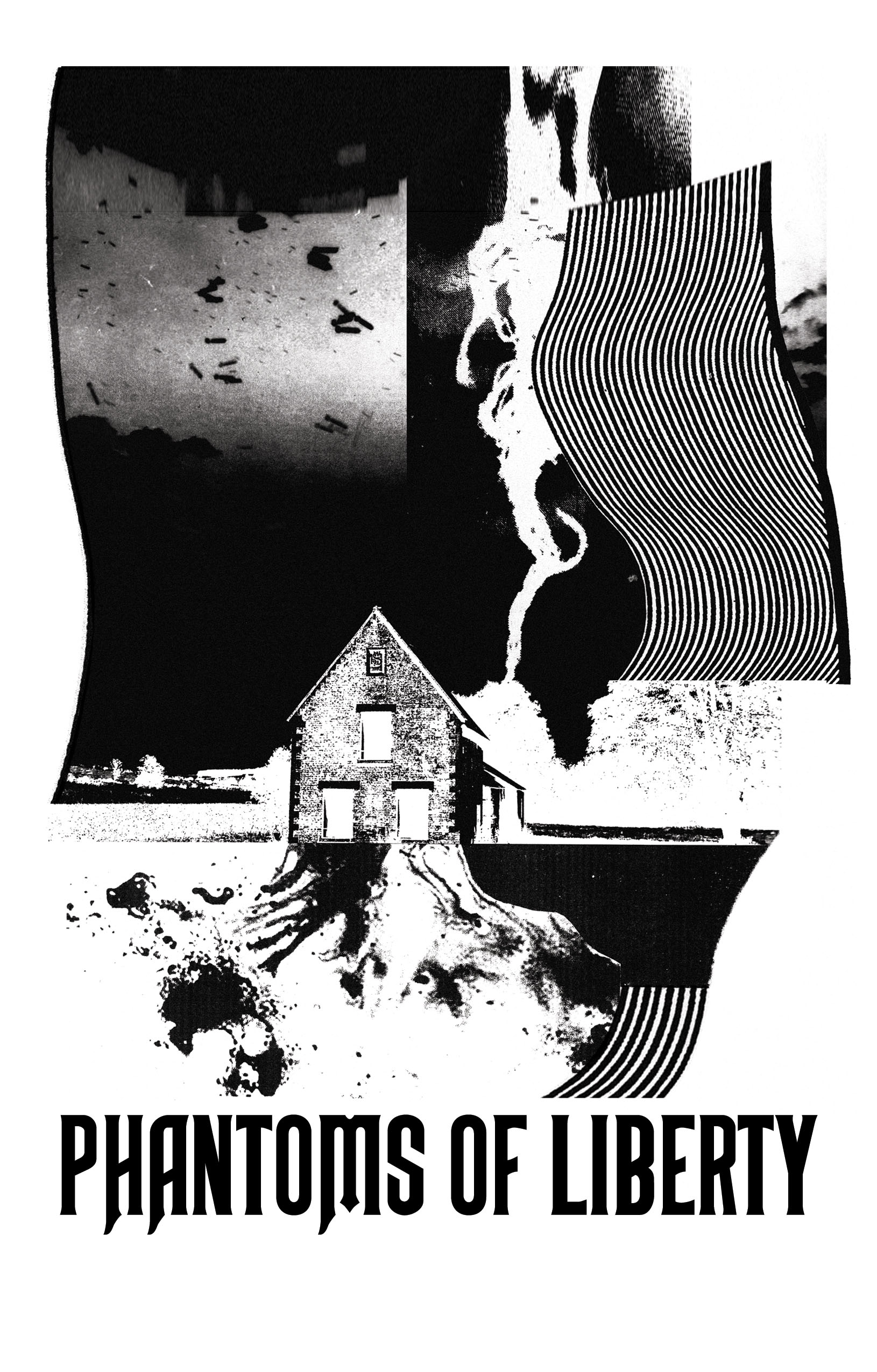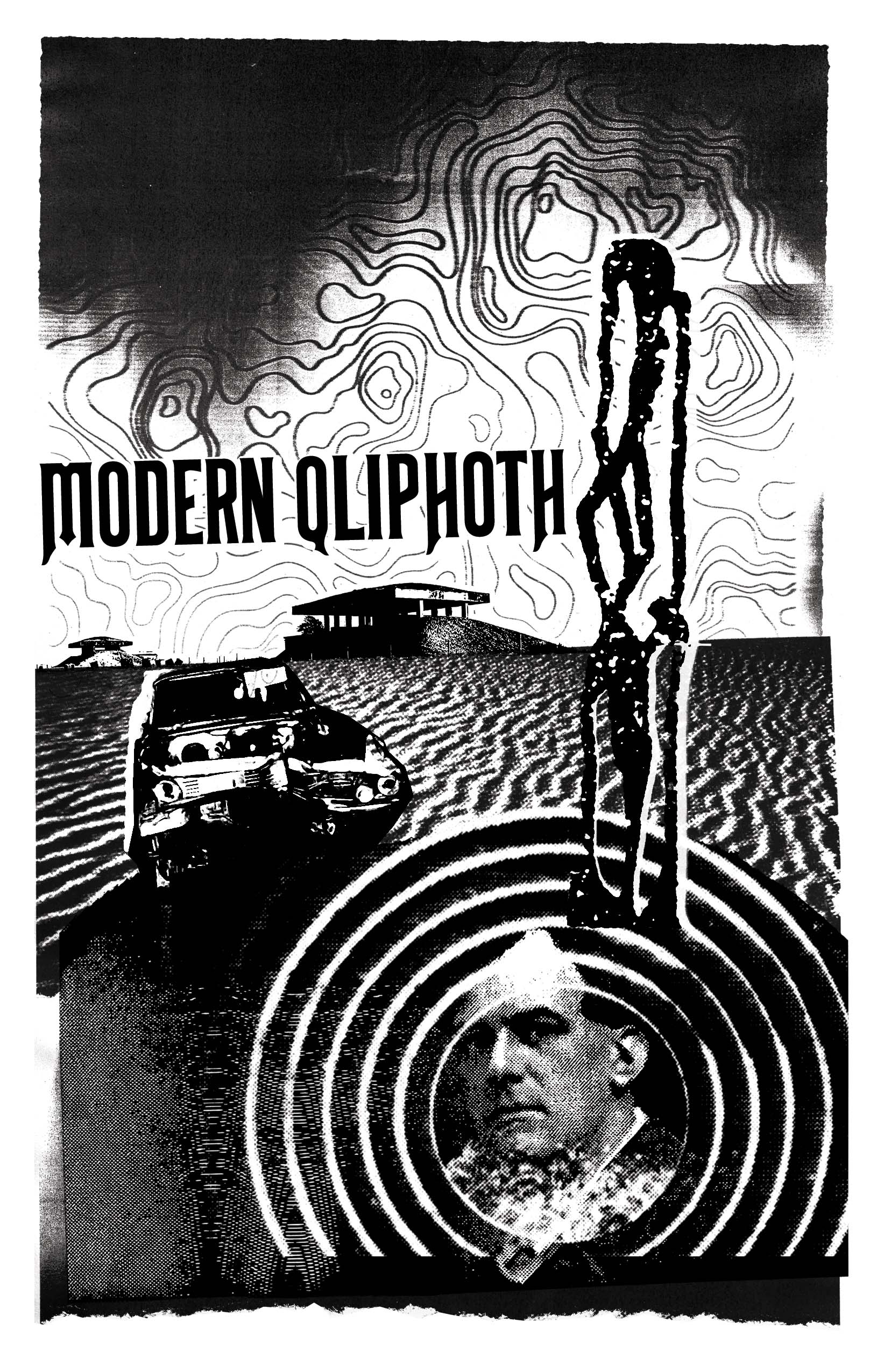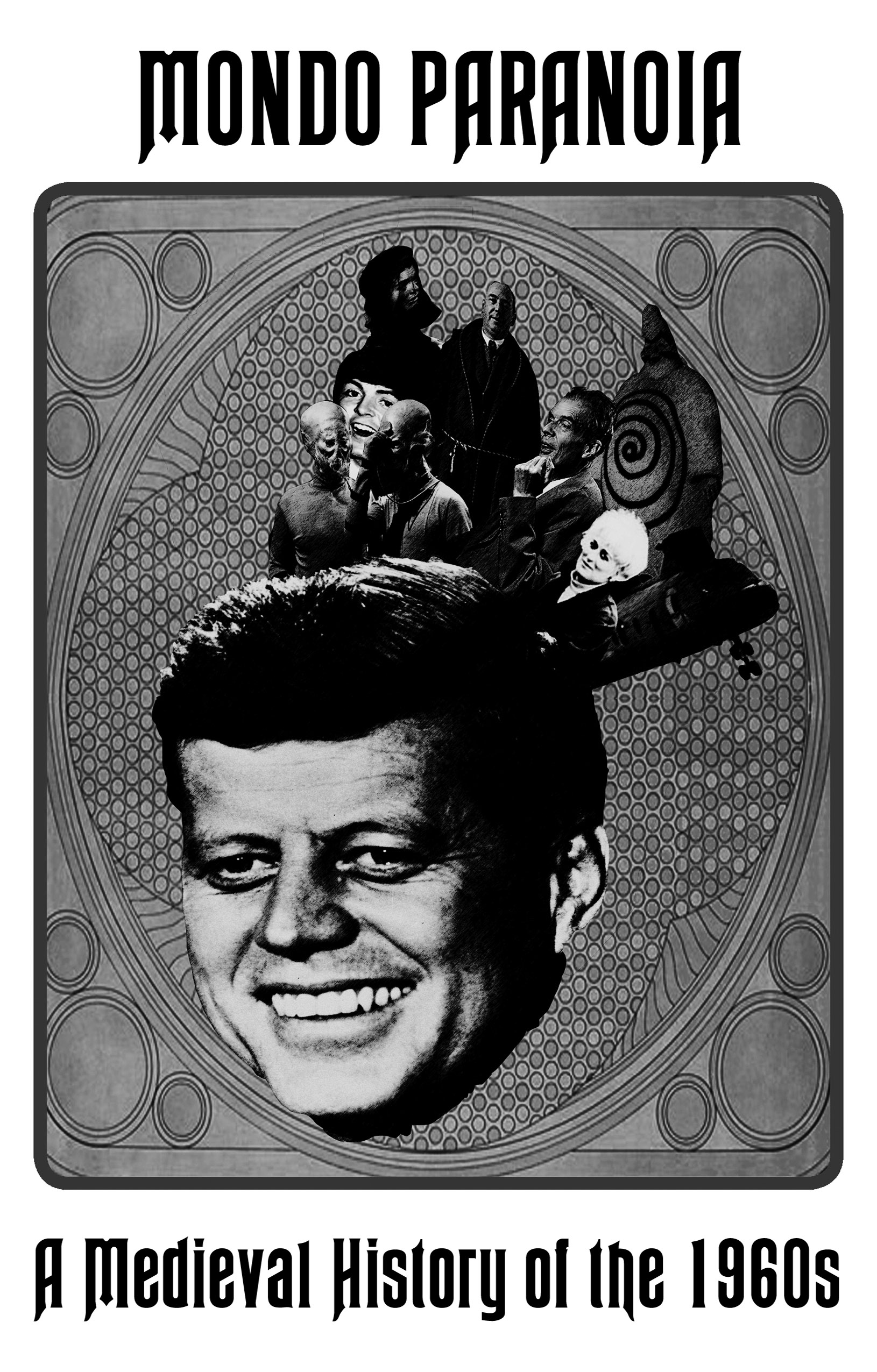The English Heretic Collection
A Study of Lunar Research Flights
The English Heretic Collection
The grotto is a mosaic rich in Phoenician iconography, constructed from millions of shells. At the entrance we see a womb and an umbilical cord. Tumescent phallus forms ejaculate toward to tholos of the western rotunda, the midday sun in May aligns with the aperture of its dome. All interstices are filled with floral motifs. These adornments are symptoms of the horror vacui, the fear of empty spaces, a phobia shared by both Phoenicians and outsider artists. Perhaps the pantheons of religion, the constellations of deities major and minor are also expressions of the horror vacui. In the end chamber there is a giant star filigreed by rosettes, flowers favoured by the Ugarites; Mesopotamian traders who preceded the Phoenicians. This is not only a birth canal but a diagram to the ancient and the alien. The walls once brightly dyed in crimson chalk are black like leather, the skeleton figures and warped ankh forms in the serpentine passage curiously redolent of mummified corpses in Peruvian catacombs. Beneath the end chamber floor there is a geological anomaly. The room has been built on a hot rock, possibly from fragments of a meteorite. The grotto might be a satellite, its mother lode figured in the black stone Ka’aba at Mecca. In this room too, there is a niche for an altar, reminiscent of Astarte’s cult cart, bearer for the baetyl stone. In truth this is a place of reverse prophecy, its purpose to poeticise the unknown past, to re-imagine history.

